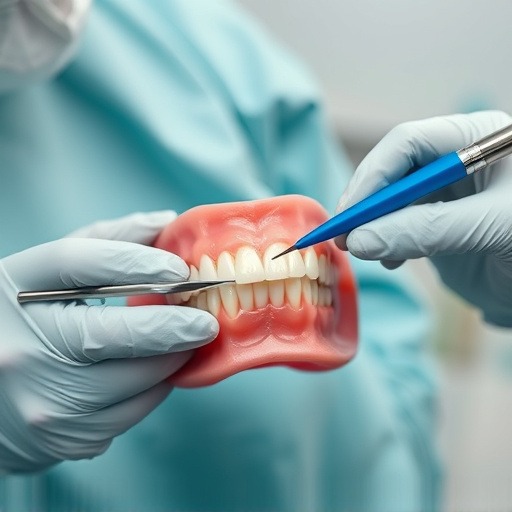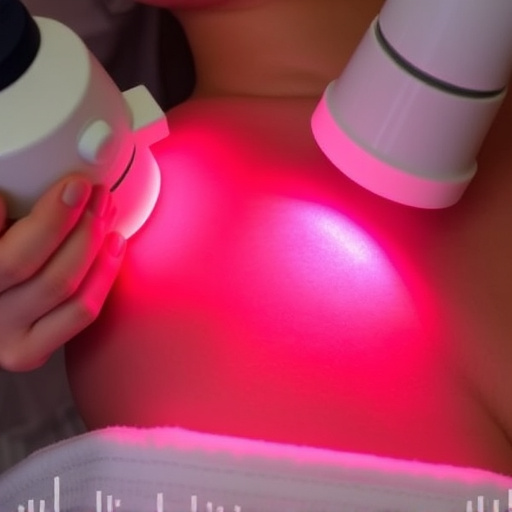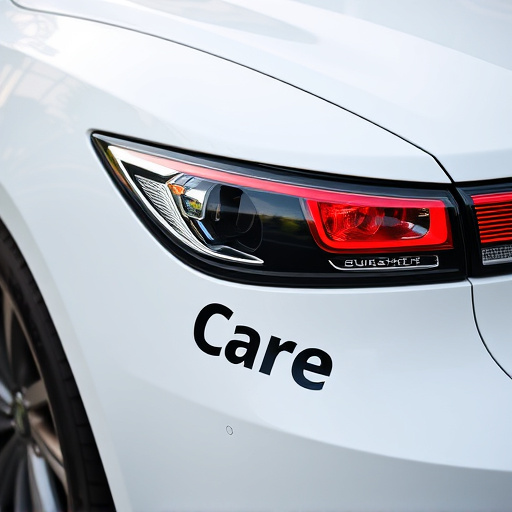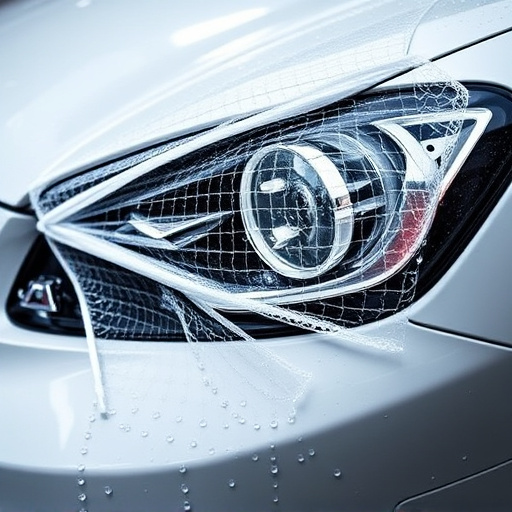Scratch-resistant coatings protect surfaces from scratches and damage through polymers or resins applied evenly with equipment. Regular washing, drying, top coats, and inspection maintain effectiveness on vehicles and home décor. Prevention includes microfiber tools, window tinting, professional installation, maintenance, and vinyl wraps in harsh conditions.
Maintaining a scratch-resistant coating’s effectiveness is crucial for keeping surfaces pristine. This comprehensive guide explores the essentials of preserving these protective layers. From understanding the materials and application processes to implementing regular cleaning routines, we provide insights for optimal results. Additionally, we address common causes of scratching and offer preventive measures. By following these strategies, you can ensure your scratch-resistant coatings remain functional and enhance the longevity of various surfaces.
- Understanding Scratch Resistant Coatings: Materials and Application
- Regular Cleaning and Maintenance for Optimal Protection
- Common Causes of Scratching and How to Prevent Them
Understanding Scratch Resistant Coatings: Materials and Application

Scratch resistant coatings are a popular choice for protecting various surfaces, from automotive finishes to home furnishings. Understanding these coatings involves grasping both their composition and application methods. Scratch-resistant coatings are typically made from durable polymers or resins designed to withstand everyday wear and tear. These materials are engineered to be tough, flexible, and highly resistant to abrasions, making them ideal for protecting delicate surfaces.
During application, a thin layer of the scratch-resistant coating is meticulously spread over the target surface. This process often involves specialized equipment for even distribution, ensuring complete coverage without bubbles or gaps. The resulting high-quality finish not only enhances aesthetics but also adds a protective layer, providing vehicle protection or preserving the beauty of home décor items. Using paint protection film techniques can further reinforce these coatings, offering added safeguards against scratches and scrapes.
Regular Cleaning and Maintenance for Optimal Protection
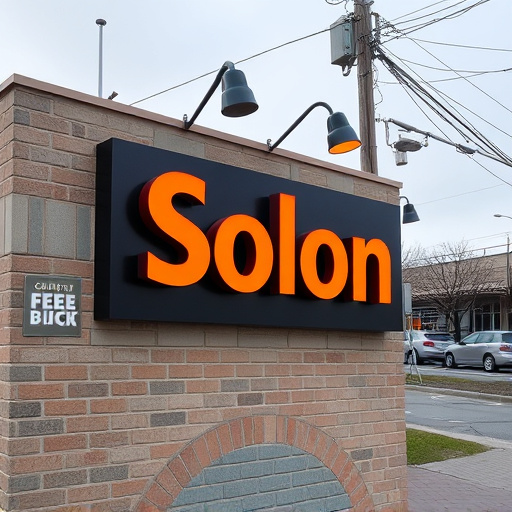
Regular cleaning and maintenance are key to keeping your scratch-resistant coating effective and durable. This protective layer is designed to safeguard your vehicle’s finish against scratches, swirls, and other forms of damage, but it requires proper care to maintain its integrity. Start by washing your car regularly using a mild soap and warm water. Avoid using harsh chemicals or abrasive cleaning tools that can damage the coating. After washing, thoroughly dry the vehicle to prevent water spots from forming, which can weaken the scratch-resistant barrier.
Additionally, consider applying a top coat or sealant specifically formulated for scratch-resistant coatings. These products enhance protection, repel dirt and stains, and provide an extra layer of defense against environmental factors. Regular maintenance includes inspecting the coating for any signs of wear, chips, or damage, and promptly repairing or reapplying as needed. By incorporating these simple steps into your vehicle care routine, you’ll ensure that your scratch-resistant coating remains effective, extending the life of your car’s finish and enhancing its overall appearance through proper customization like paint protection film or vehicle wraps.
Common Causes of Scratching and How to Prevent Them

Scratches on your scratch-resistant coating can be caused by various everyday activities and environmental factors. One of the most common culprits is direct contact with abrasive materials, such as rough cloths or sharp objects. To prevent this, always use microfiber towels and soft cleaning tools when washing or maintaining your coated surface. Another significant cause is exposure to ultraviolet (UV) radiation from the sun, which can degrade the coating over time. Applying a high-quality UV protective film or window tinting can offer additional scratch resistance and shield against harmful UV rays.
Moreover, improper installation or poor-quality materials can lead to premature scratching. Ensuring your scratch-resistant coating is applied correctly by professionals using top-tier products is essential. Regular maintenance, including staying clear of harsh chemicals and abrasive cleaners, can also contribute to prolonging the effectiveness of your protective layer. Consider the option of vinyl wraps for added protection, especially in areas prone to road debris or frequent car washes.
Maintaining a scratch-resistant coating’s effectiveness is key to preserving its protective properties. By understanding the material and application process, practicing regular cleaning and maintenance, and being mindful of common causes of scratching, you can ensure your scratch-resistant coating provides optimal protection for longer. Implement these strategies to maximize the lifespan and performance of your scratch-resistant coatings.


